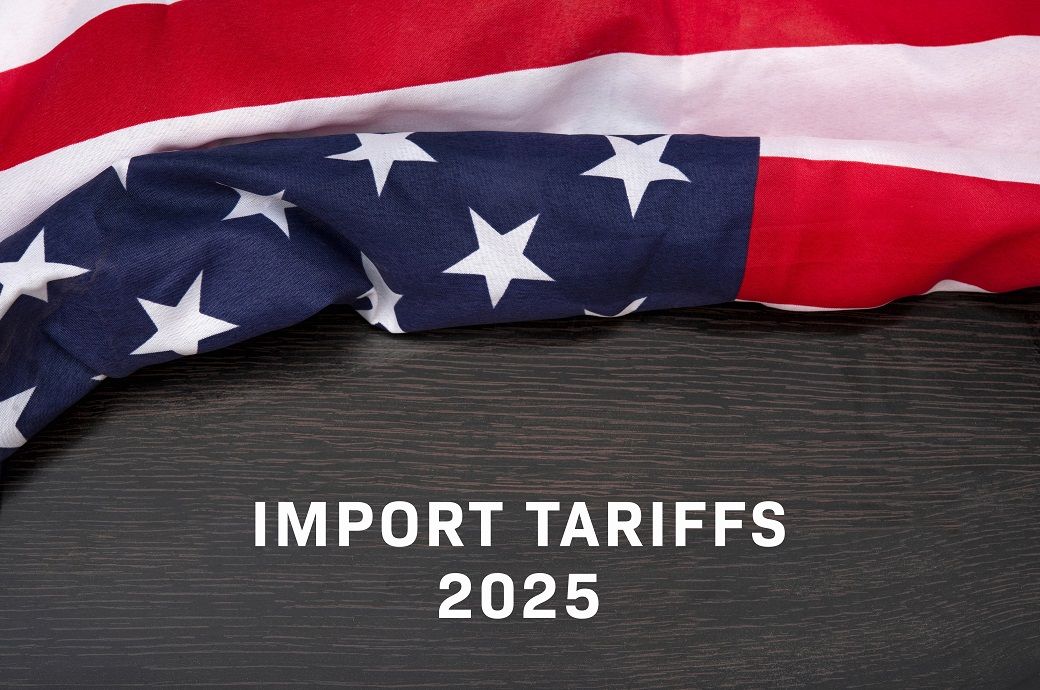
Delay in export payments: Due to the imposition of high tariffs, there might be delays in receiving payments for goods already exported to the US. This, in turn, may create a cash crunch at the suppliers’ end.
Trump’s tariffs that go into effect from April 9 may delay export payments, strain supplier-retailer dynamics, and push industries to seek government support.
Banks may limit loans, while cancelled US orders flood emerging markets.
Near-shoring could rise, consumer confidence may dip, and sustainability may gain traction.
Luxury would remain subdued, while US manufacturing faces major hurdles.
Discounts demanded from suppliers: In order to avoid passing the entire higher tariff on to consumers, US retailers may ask their apparel suppliers to bear a share of the increased tariffs in the form of discounts. This could be particularly visible in Asian countries on which higher tariffs are imposed.
Seeking policy support: To offset delays in payments by US importers, and to shield them to an extent from the high reciprocal tariffs, most industries, including textile and apparel, are likely to seek increased policy support from their respective governments.
Difficulty in obtaining loans: Aware that reimbursement would not be easy, banks may become reluctant to extend additional loans to apparel manufacturers who have already availed themselves of substantial amounts of credit. This could be especially true in countries like Sri Lanka, where garment exports are a major source of foreign income.
Increased competition in emerging markets: To avoid paying the higher tariff, US buyers may cancel apparel orders that are already produced but missed the April 9 shipping deadline. Exporters may try to offload this apparel in emerging markets like India, as well as developing countries such as Algeria, increasing competition in their respective domestic markets.
Currency devaluation: Some countries, particularly smaller ones, may consider devaluing their currencies to offset the impact of the increased tariffs in the US market. This would allow governments to ensure that their exporters do not incur substantial losses in local currency terms.
Negotiating with the US: Several countries may reduce their duties on US goods in the hope of negotiating better terms for their own exports with the US administration. The US President has already stated that around 50 countries have shown willingness to negotiate tariff terms.
Acceleration in FTA talks: Countries with mutual trading interests are likely to accelerate negotiations for free trade agreements to maintain economic momentum. For example, the UK and South Korea are expected to fast-track their trade deal negotiations, as are the EU and India.
Boost to near-shoring: Compared to Asian garment-exporting countries, the new tariffs announced by President Trump are lower for countries like Mexico, Honduras, Haiti, and the Dominican Republic, which are geographically closer to the US. This may lead to greater investment in these countries and a rise in near-shoring.
Cost-cutting by US retailers: Since there is limited scope for cost-cutting by suppliers without compromising on quality, US retailers may be forced to reduce marketing and advertising expenses. They may also need to find ways to lower markdowns (losses from off-price sales) and returns (goods returned by consumers).
Decrease in US consumer confidence: With prices of various items increasing, US consumers may feel the pinch and reduce their clothing purchases compared to earlier levels.
Sustainability push: As US consumers buy less, they may look for clothing that lasts longer and offers comfort, indirectly giving a significant push to sustainability.
Subdued luxury industry: Owing to lower consumer confidence and other factors, wealthy Americans may be reluctant to invest heavily in luxury clothing, causing the industry to remain subdued for at least a few months.
US manufacturing a distant dream: Domestic manufacturing in the US cannot become a reality unless the import prices of raw materials are significantly reduced, as the country lacks many of the raw materials required for production. Moreover, high labour costs in the US would continue to act as a deterrent.
Fibre2Fashion News Desk (RKS)





